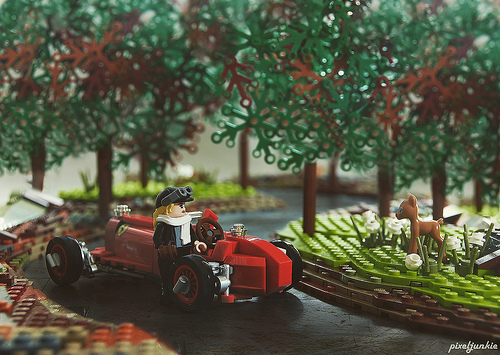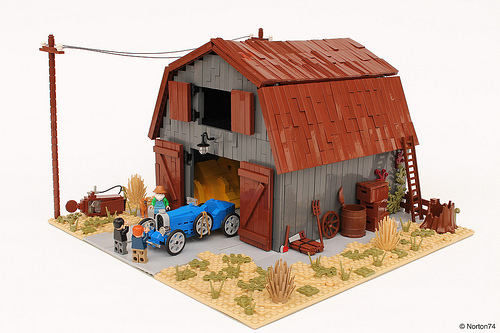Formula 1 today seems to largely be an advert for crypto currency. Which is dodgy. But not as dodgy as it was in the 1930s, when Grand Prix racing was propaganda for naziism.
Yes, much like the Football World Cup, Olympics, and LIV Golf are used by various human-rights trampling regimes today, Hitler distracted the world – with huge success – through the display of Germany’s sporting and technological might. A triumphant 1936 Olympic Games in Berlin were followed by various state-sponsored Grand Prix winners – nicknamed the ‘Silver Arrows’ – from Mercedes-Benz and the company that would eventually become Audi; Auto Union.
Powered by a monstrous and innovatively mid-mounted supercharged V16 engine, the Auto Union Type C won basically everything in 1936, and the Nazis used this success to continue convincing the German people (and the rest of the world) that they were alright really.
Previous bloggee [Maks] has captured Hitler’s ‘sports-washing’ beautifully, with this wonderful scene depicting the Auto Union Type C taking a starring role in one of many expertly-produced Nazi propaganda films.
By the late-’30s of course, the Nazis’ engineering prowess was being used rather differently, and world realised that Hitler may not have been completely honest about his intentions in films such as the one being shot here. Still, at least the world learned, and hasn’t made that mistake since*…
There’s more to see of [Maks] brick-built homage to one of the Nazis finest achievements via his photostream; click the link above above to jump back to Germany in 1936. Just don’t believe everything you see..

























